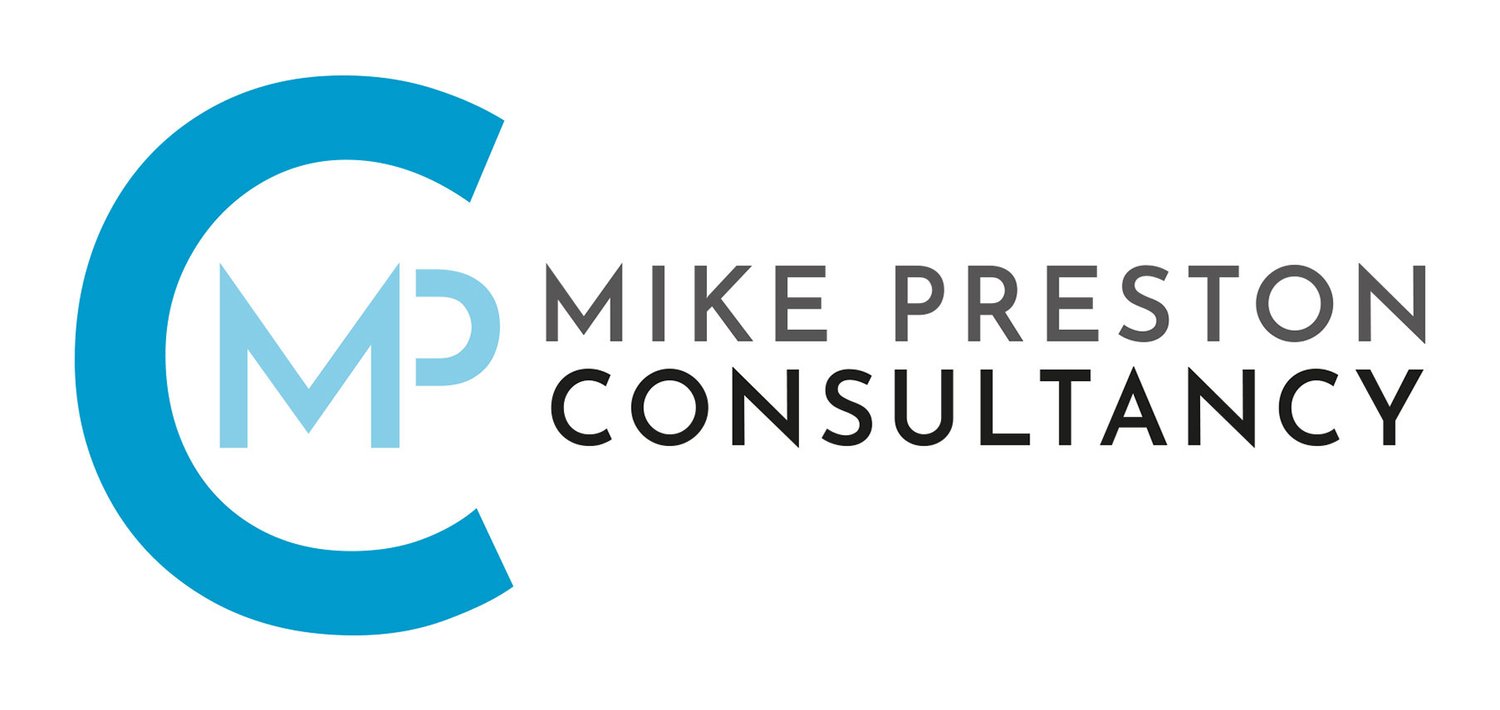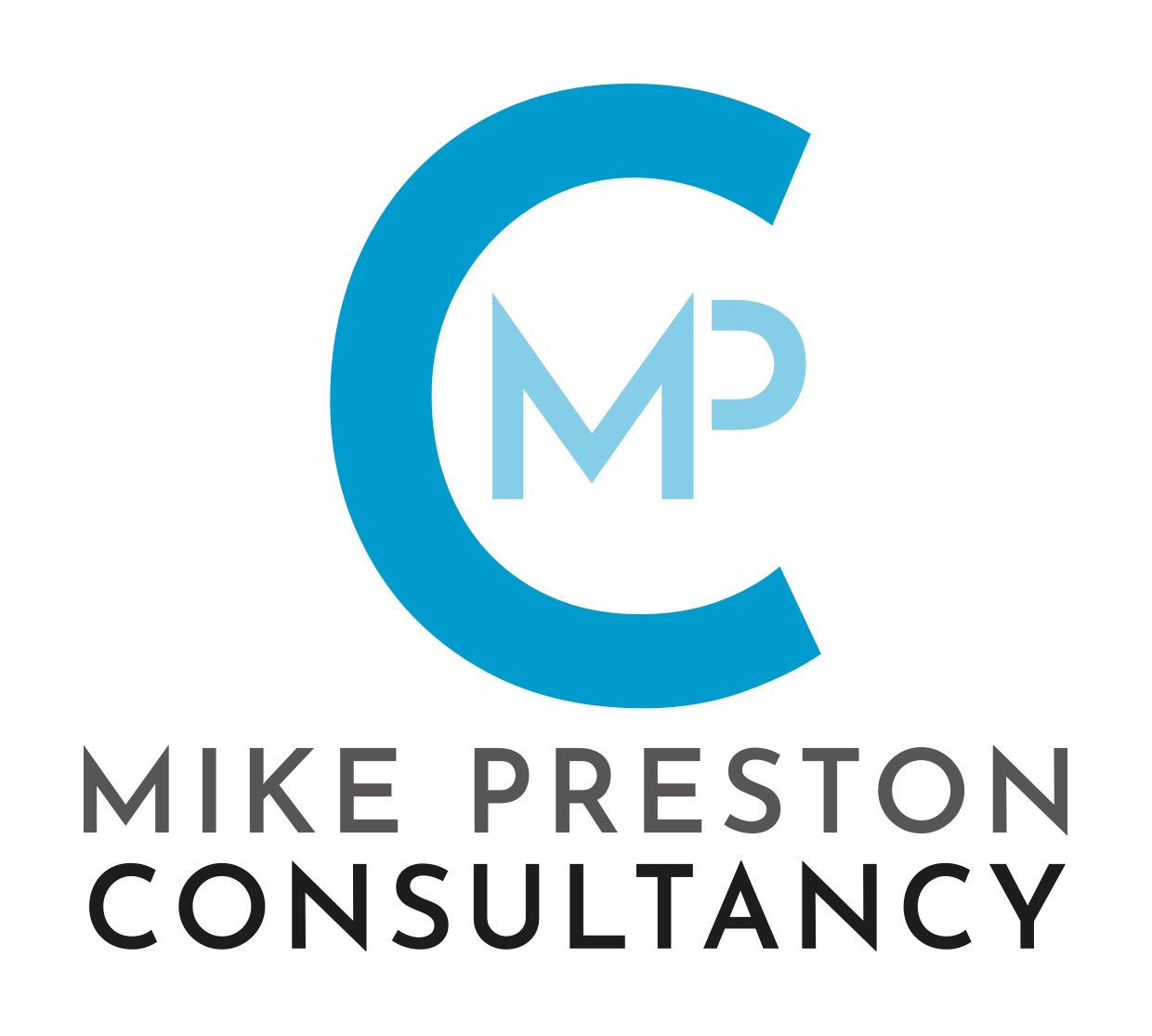Mastering Stakeholder Management: A Comprehensive Overview
Stakeholder management is a cornerstone of successful projects, programs, and organisations. It involves a systematic process of identifying, prioritising, and engaging with stakeholders—those individuals or groups who have an interest in or are affected by your efforts. Effective stakeholder management ensures that all stakeholder needs and interests are considered and addressed, ultimately contributing to the success of the project or organization.
Why Stakeholder Management Matters
Effective stakeholder management can yield a plethora of benefits:
Increased Project Success: By considering the needs and interests of all stakeholders, stakeholder management can elevate your project's chances of success.
Improved Communication: Establishing structured communication channels between the project team and stakeholders can eliminate misunderstandings and enhance collaboration.
Reduced Conflict: Addressing stakeholder concerns early can mitigate potential conflicts down the line.
Increased Trust and Credibility: Transparent and respectful engagement fosters trust and credibility, making future collaboration smoother.
The Comprehensive Checklist for Effective Stakeholder Management
To ensure you're covering all bases, follow this comprehensive checklist:
1. Brainstorm Internal and External Stakeholders: Begin by identifying all individuals or groups, within and outside your organization, who might have an interest in or be affected by your project.
2. Consider Indirectly Affected Parties: Don’t overlook those who might not be directly impacted but still have a vested interest in the project’s outcome.
3. Use Visual Aids: Visual tools like stakeholder maps can help you understand the complex web of relationships and dependencies between stakeholders.
4. Gather Information: Leverage publicly available information, internal documents, and past project data to build a comprehensive profile of your stakeholders.
5. Monitor Stakeholder Actions and Communications: Keep tabs on stakeholders' actions and communications to gauge their level of engagement and potential influence.
6. Keep Documentation Concise and Accessible: Your stakeholder register should be easy to understand, navigate, and devoid of jargon. Use clear language and focus on the most critical information.
7. Collaborate for Diverse Perspectives: Involve team members from different departments to ensure your stakeholder analysis captures diverse viewpoints.
8. Protect Sensitive Information: Ensure appropriate data privacy measures are in place to protect sensitive stakeholder information.
Effective stakeholder management is not merely a box-ticking exercise; it's an ongoing commitment to engaging with those who can impact or are impacted by your project or organization. By following the checklist and strategies outlined in this blog, you can cultivate meaningful relationships that pave the way for project success, better communication, minimized conflicts, and enhanced trust and credibility. Start managing your stakeholders effectively today, and watch your projects and organizational initiatives thrive.
Check out our latest resource on stakeholder engagement at Mike Preston Consultancy's Resource Hub. Learn how effective stakeholder management can boost your project's success, improve communication, and build trust. Don't miss out on these valuable insights!


